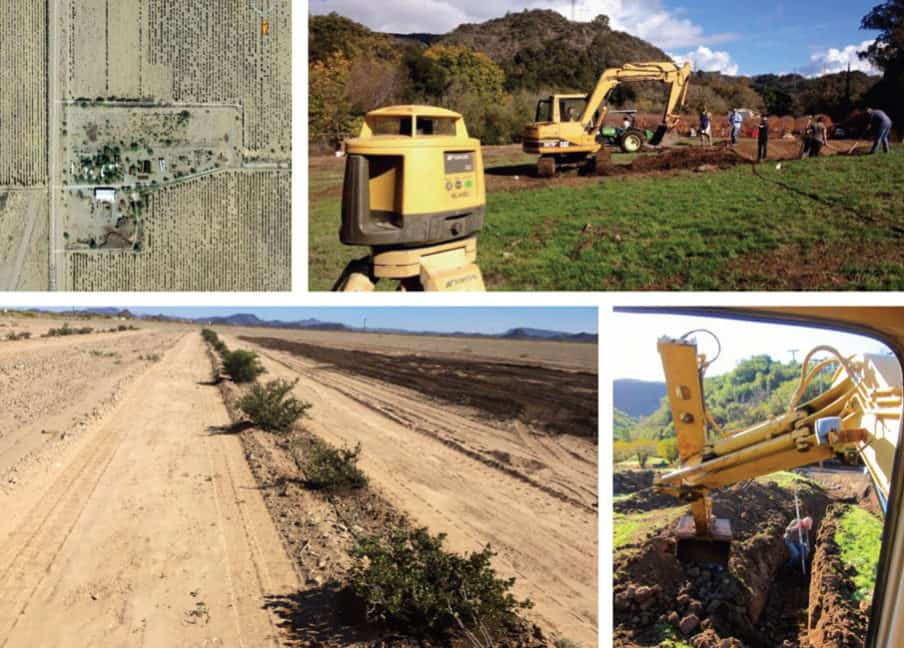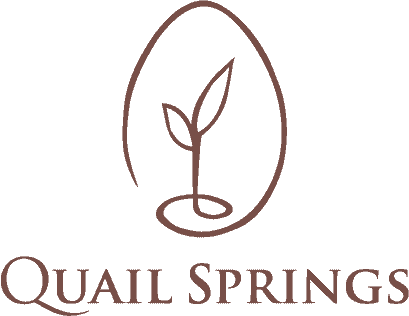April 5 – 8, 2017
Hyder, AZ
In collaboration with Lush Cosmetics, join international educator and founder of Quail Springs, Warren Brush, with a dynamic teaching team including Brad Lancaster and Kate Tirion, at Jalisco Jojoba Farm in Hyder, Arizona. Learn about earthworks and hydration strategies for ecological farming, land restoration, water harvesting and earth reparation for agroecosystem stability with a focus on dryland applications.
Worldwide, topsoil erosion averages 30 to 40 tons per hectare (2.5 acres) a year or 30 to 40 times faster than the replacement rate of topsoil. The need for people is growing daily with hands-on skills in hydrological restoration and the integration of farming utilizing the principles that lead to ecological stability. Whether you are working on your own landscape, farm, or as a consultant, this course will grow your skills in the appropriate design and construction of structures that will reduce erosion, increase productivity, harvest & store water, and create resiliency in the ecologies that sustain us.
The program offers an overview of:
- Ethics and principles of permaculture as applied to land restoration and regenerative design
- Land component identification
- Natural patterning in farm application
- Water harvesting, drought-proofing and erosion mitigation systems applications
- Earthworks & soil renovation techniques and machinery applications.
- Planting structures and guild development
- An emphasis on dryland strategies
The following systems will be explained and participants will be able to assist in surveying, mapping and construction of various elements of:
- Swales
- Soil Armoring
- Anti-evaporation structures
- Water flow harvest structures
- Dryland drains and roads
- Erosion mitigation structures
A major component of this course will be hands-on skill development where we will develop on-site earthworks with large earthmoving equipment:
- Landform discovery and mapping
- Water flow calculation
- Use of survey equipment
- Soil testing for earthworks
- Construction flagging
- Appropriate earthworks system application for dryland context
- Working appropriately with equipment operators
- Equipment overview and application
- Large swale development and systems linking
- System planting and commissioning
- Additional hydration strategies



